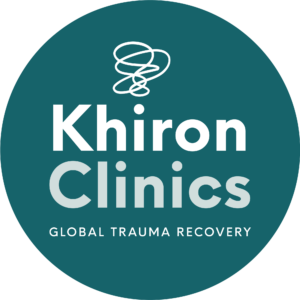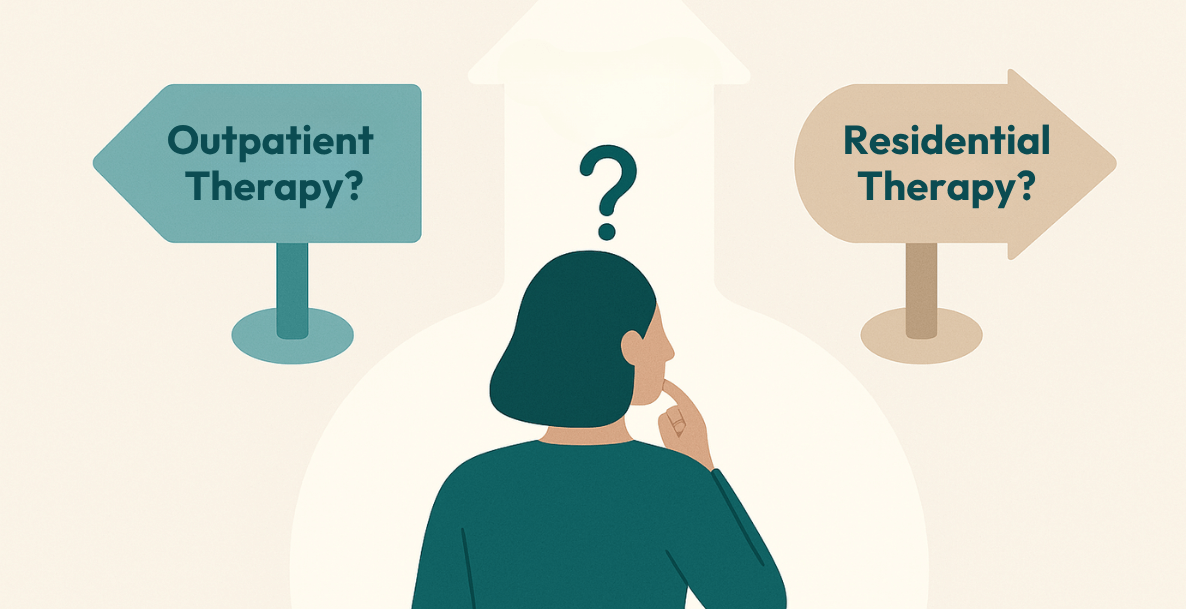EMDR, or Eye Movement Desensitization and Reprocessing, is a therapeutic approach that has been shown to be effective in treating trauma and anxiety in adults. However, EMDR can also be used with children and adolescents to help them process traumatic experiences and improve their mental health. In this blog post, we will explore how EMDR can be used with children and adolescents and why it is an effective treatment option.
What is EMDR?
EMDR is a therapeutic approach that was first developed in the late 1980s by psychologist Francine Shapiro. The technique involves the use of eye movements or other forms of bilateral stimulation to help the individual process traumatic memories and experiences. EMDR is based on the idea that traumatic experiences can become stuck in the brain, causing symptoms such as anxiety, depression, and post-traumatic stress disorder (PTSD).
How is EMDR used with children and adolescents?
EMDR can be used with children and adolescents in a similar way to how it is used with adults. However, there are some key differences in how the technique is applied. For example, because children have shorter attention spans than adults, EMDR sessions may be shorter and more frequent. Additionally, children may be less able to verbalize their experiences, so the therapist may use toys or other creative tools to help the child communicate their thoughts and feelings. One of the key benefits of EMDR for children and adolescents is that it can be used to treat a wide range of issues, including:
- Trauma: EMDR can be used to help children and adolescents process traumatic experiences, such as abuse, neglect, or witnessing violence.
- Anxiety: EMDR can be used to help children and adolescents who are struggling with anxiety, including generalized anxiety disorder, social anxiety, and phobias.
- Behavioral problems: EMDR can be used to help children and adolescents who are struggling with behavioral problems, such as aggression, defiance, or impulsivity.
Why is EMDR effective for children and adolescents?
EMDR has been shown to be an effective treatment option for children and adolescents for several reasons. First, the technique allows the child to process traumatic experiences in a safe and controlled environment. By using bilateral stimulation to activate both hemispheres of the brain, EMDR can help the child process the traumatic memory without becoming overwhelmed or re traumatized.
Second, EMDR can be a more engaging and interactive form of therapy for children and adolescents than traditional talk therapy. By using creative tools and techniques, the therapist can help the child communicate their experiences in a way that feels more natural and comfortable.
Finally, EMDR is a highly personalized form of therapy that can be tailored to meet the unique needs and experiences of each child. The therapist can work with the child to identify specific memories or experiences that are causing distress and develop a treatment plan that is tailored to their individual needs.
Conclusion
EMDR is an effective treatment option for children and adolescents who are struggling with trauma, anxiety, and behavioral problems. By using bilateral stimulation to help the child process traumatic memories and experiences, EMDR can help improve their mental health and overall wellbeing. If you believe your child may benefit from EMDR, it is important to speak with a licensed mental health professional who is trained in this technique.
References:
1. De Roos, C., Greenwald, R., den Hollander-Gijsman, M., Noorlander, Y., van Buuren, S., & De Jongh, A. (2011). A randomized comparison of cognitive behavioral therapy
and eye movement desensitization and reprocessing for posttraumatic stress disorder in children and adolescents. Journal of Anxiety Disorders, 25(6), 699-707.
2. Shapiro, F. (2018). Eye movement desensitization and reprocessing (EMDR) therapy: Basic principles, protocols, and procedures. Guilford Publications.
3. Szigethy, E. M., & Wallace, J. L. (2016). Eye movement desensitization and reprocessing (EMDR) therapy in the treatment of children and adolescents who have experienced complex trauma. Child and Adolescent Psychiatric Clinics, 25(2), 287-303.






